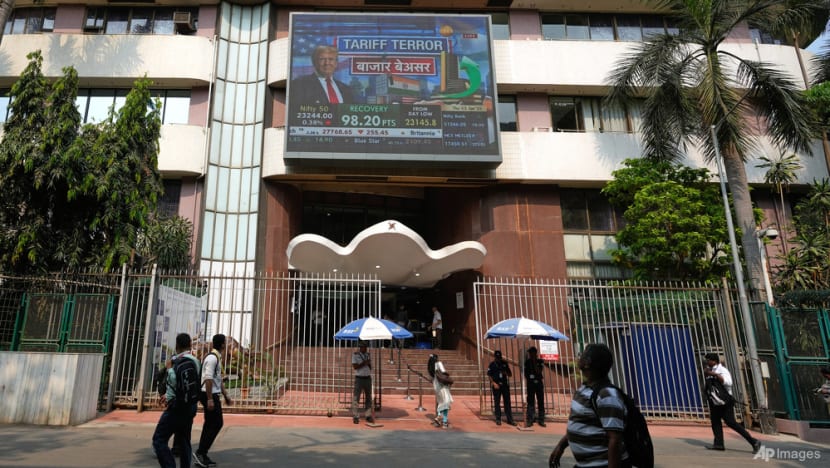India’s stock market enters volatile second half, but with hopes of new highs
This comes after a turbulent first half marked by a bull run, a sharp sell-off and a subsequent recovery.


This audio is generated by an AI tool.
MUMBAI: India’s stock market is set to enter the second half of the year under a cloud of global uncertainty, following a tumultuous first six months marked by a bull run, a sharp sell-off and a subsequent recovery.
But mounting geopolitical tensions in the Middle East and constantly changing United States tariffs are expected to drag on global growth and push oil prices higher – developments that could have ripple effects across markets, including India’s.
Despite these concerns, there remains cautious optimism among some observers that Indian equities could still reach new highs by year-end.
WARY OUTLOOK
“We have faith. The regulations by the Reserve Bank of India and capital markets regulators are strict, nearly perfect, (hence) making the markets stable,” said day trader and retail investor Vishal Vaishnav.
“Global markets can be volatile but the Indian market looks safe.”
But the sentiment is far from unanimous. Fellow retail investor Vinod Kumar Gothwal shared a more wary outlook, saying he has already lost about half of the US$5,800 he invested this year.
“Many people tell me to buy the dip but I think we should only invest when the markets stabilise,” he added.
India’s benchmark index Nifty 50 – which tracks the country’s 50 largest listed companies – is recovering after a steep decline from its record high in September last year.
The sell-off erased billions of dollars in gains and hurt smaller investors.
HITTING NEW HIGHS
Analysts attribute the volatility in part to foreign outflows, with capital shifting from Indian equities into US treasury bonds and other emerging markets like China and Indonesia.
They told CNA that the road ahead may remain uneven.
This comes as trade tensions over US tariffs and turmoil in the Middle East pose risks to India’s growth.
Still, India’s massive consumer market, recent infrastructure investments and the manufacturing sector’s pivot away from China are encouraging factors.
Equity analysts believe Indian stocks could hit new highs by the end of the year, even if short-term turbulence occurs, according to a recent Reuters poll.
This means foreign institutional investors, who hold only about 17 per cent of Indian equities as of March this year, may once again view the nation as an attractive destination.
“(Foreign institutional investors) are of course not going to just see these smaller parts of volatility,” said Tanvi Kanchan, head of strategy at Anand Rathi Shares and Stock Brokers.
“They’re going to see how your India growth story is, which is contributed not only by earnings, but also broadly in terms of what exactly are the main drivers that the Indian markets are going to have.”
A key driver could be more rate cuts by India’s central bank. It has already reduced lending rates by half a per cent this year and could lower them further.
Observers said the hope is that this could spur more spending, and in turn attract both foreign and domestic investors back to the table.


















